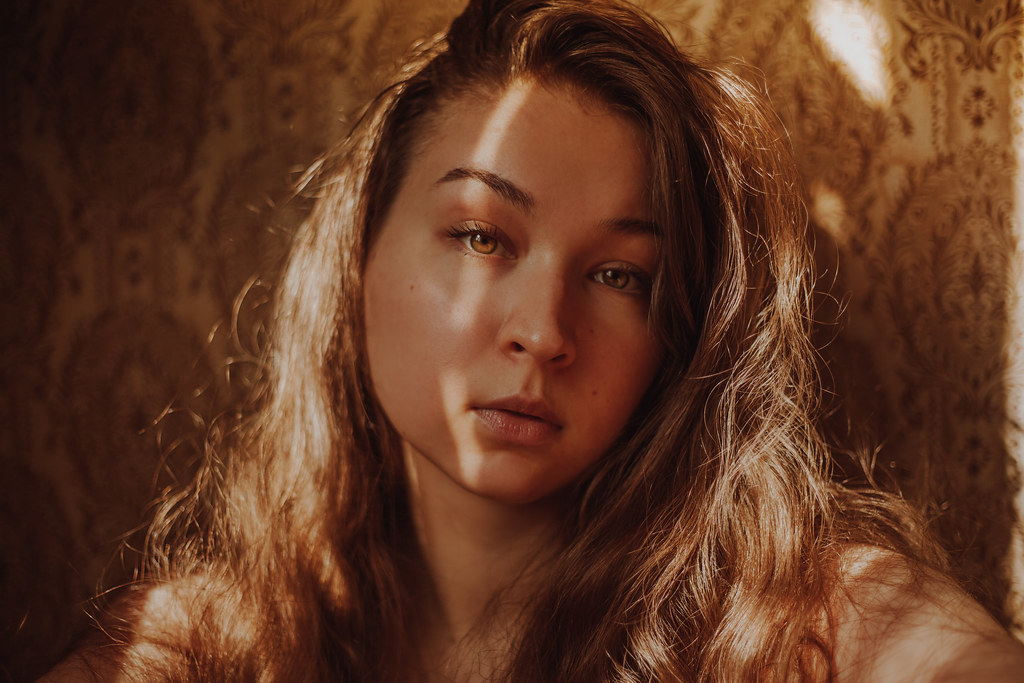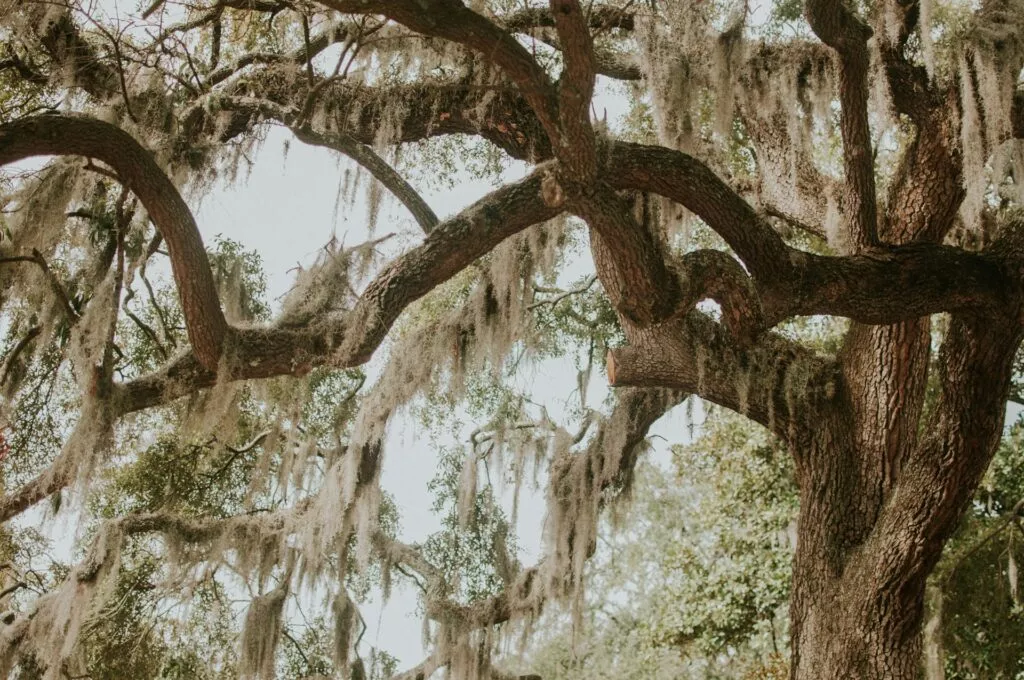Portrait photography is a diverse genre that seems to have unlimited creative opportunities. However, you might sometimes find yourself feeling limited because of creative blocks, comparisons to other photographers, or self-doubt.
One of the most effective ways to get out of that rut is to educate yourself, experiment, and be open to having a little more fun.
1. Use Natural Light Wisely

This might seem like a given, but natural light is the most important tool you have. While it can't be controlled as easily as studio light, it can significantly improve the quality of your portraits. Knowing how to use it can help you have incredible portrait photoshoots even in simple locations.
To add depth to your portraits, create a natural light transition. One part of your model's face should be well-lit, while the other should slowly fade into the dark. You can achieve this by having your model stand next to a large window on a cloudy day. Make sure their whole face isn't exposed to the light, or else your photos will lack depth.
While creating depth isn't always necessary, it's an easy way to elevate simple portrait photography. If you're trying to get a great shot within a time limit, creating a natural light transition might be your best option.
2. Shoot Against a Light Source

Whether you're using artificial or natural light, shoot against it.
Your model can either completely or partially cover it with their body. If they cover it completely, you'll get a beautiful silhouette that you can use to highlight details such as hair. If they cover it partially, you'll get slightly overexposed images with lens halos or lens flares. (These can significantly enhance a portrait.)
3. Play with Cheap Lens Filters

Websites like eBay and Amazon are filled with affordable photography tools and accessories, but not all of them are guaranteed to elevate your photography. Cheap tripods and lenses might end up breaking, or worse, damaging your equipment. Fortunately, lens filters are an exception.
Most lens filters are very cheap and safe to use.
For portrait photography, I recommend investing in a bokeh filter kit. Bokeh filters will change the shape of your bokeh to anything you like. You can order custom shapes or buy popular ones shaped as hearts, cameras, stars, etc.
These aren't something you can use in every photoshoot, but they're definitely a great way to loosen up and have fun with portrait backgrounds.
4. Use a Black Background for a Fine Art Effect

In portrait photography, less is sometimes more.
If you like the sophisticated look of fine art portraits, all you need is a black background and natural light.
To create the image above, I used a black reflector case and shot in front of a window on a cloudy day. If your model wears a black outfit, they'll blend into the background. This will make their expressions and poses stand out more, which is exactly what you want in this genre.
(Including a few extra props (or a majestic cat) in your shots won't hurt!)
5. Create Atmospheric Panoramas Using Stitching

Some of the best portrait photographs out there are atmospheric. They include both the model and their surrounding environment. If you're shooting in a small space and don't have a wide-angle lens, you can use stitching to effectively capture an atmosphere.
Stitching requires a little Photoshop knowledge, but it's relatively easy to master. Before you get to the editing process, you need to take a series of photos that you can seamlessly stitch together in Photoshop. This means carefully photographing your model, their surroundings, and any other details you want to include from the same point of view.
If done correctly, your results will resemble panoramas and have a cinematic feel to them.
6. Don't Be Afraid of a Little Motion Blur

Many portrait photographers, including me, tend to stay away from motion blur for fear of ruining their images. But sometimes, a little extra blur can add depth and mystery to your portraits.
Ask your model to move a part of their body as you press the shutter. This will create a small blur in a part of your image, which will make it seem like your model is in the process of doing something interesting. If nothing else, it will make your photo look alive.
7. Shoot Through Windows

Another easy way to improve your portraits is to shoot through windows. If you shoot from the right angle, you'll be able to capture your model's face and a bunch of beautiful reflections around them.
Reflections work wonderfully because they add depth, colour, and contrast. You can approach them in two ways:
- Use a large aperture to blur out the reflections, similar to what is pictured in the image above.
- Use a small aperture to include the reflections and tell a story about the model's surroundings. This is a technique that portrait photographer Alessio Albi often uses in his work.
8. Create Diptychs Using Two Photos

If you often take vertical photos, you might find a lot of creative freedom in diptychs. Diptychs are simply two-photo collages that can help you tell a story or compare two subjects. They're often used in family photography to add depth and create a sense of continuity.
Simply place two vertical photos side by side in Photoshop. For the best results, use images from the same photoshoot. Keep complementary colours, shapes, and emotions in mind. This is a really fun way to improve your design skills and make good use of outtakes.
9. Shoot Through Colourful Objects

Using a large aperture, shoot through colourful objects such as flowers, hats, etc. Make sure the objects only cover a part of your lens and aren't too close to it. This will create depth, add a pop of colour to your photos, and get rid of unflattering negative space.
Foregrounds like this work in almost every portrait, so don't be afraid of using them regularly.
10. Photograph Parts of a Face

Last but not least, create mystery by photographing only parts of your model's face. This can be an emotional photo of a tear or something as simple as a strand of hair.
You can then use these photos in a collage or upload them separately. Macro photos like this are a great way to focus on overlooked details and find emotions in very specific parts of a face.
You don't need to be a famous travel photographer or have the latest equipment to elevate your portrait photography, even though that would really help.
Sometimes, all you need is a little more knowledge of lighting and a few very simple tools.




